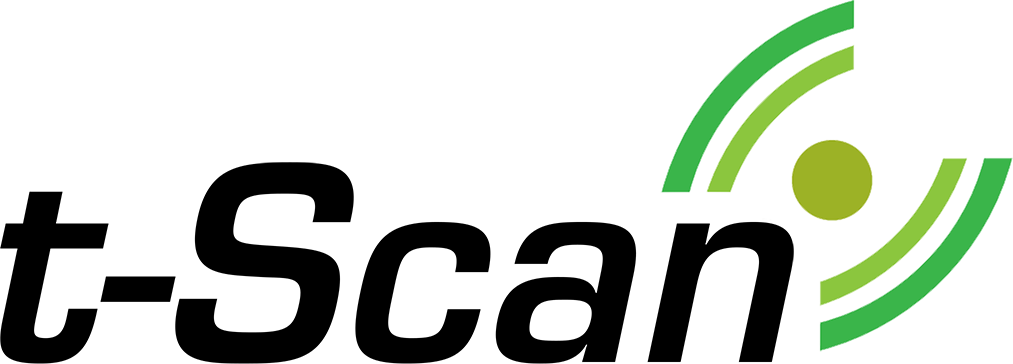What is Environmental Monitoring and Compliance?
- Author: T-Scan
- Posted On: November 5, 2024
In various industries, from research and development to pharmaceuticals and food production, maintaining optimal environmental conditions is crucial. Ensuring these conditions requires both effective environmental monitoring and stringent compliance with relevant regulations. At T-Scan, we specialise in providing cutting-edge 24/7 environmental monitoring solutions that help businesses stay connected, compliant, and confident in their operations. In this blog, we’ll explore what environmental monitoring and compliance entail and how they benefit your business.
What is Environmental Monitoring?
Environmental monitoring involves the systematic collection and analysis of data related to environmental conditions within a specific area or facility. This process is essential for maintaining the safety, quality, and compliance with regulatory oversight. Key parameters typically monitored include:
- Temperature
- Critical in many industries, particularly for storing temperature sensitive products like reagents, HTA compliant tissue samples, and essential research whether
- wide range of conditions including cryo storage conditions, ULT -80°C, -20°C Freezers, +4 Fridges, Ambient conditions or incubators
- Management of processes in ovens up to +400°C
- Humidity and CO2
- Essential for maintaining the right conditions to conduct essential processes, store samples and grow cell lines
- Air Quality
- Ensuring a safe working environment and preventing harmful pollutants, and maintain a clean air quality environment for essential production and manufacturing processes
- Pressure
- Vital in controlled environments like clean rooms to prevent contamination or help ensure contaminants are removed from environments
- Power
- Ensure vital instrumentation and storage units are powered on, quickly notify of any failures and support sustainability programmes
Key Components of an Environmental Monitoring System
- Sensors: Devices that detect and measure environmental parameters.
- Data Loggers: Instruments that record data collected by sensors over time.
- Communication Devices: Tools that transmit data to a central system for real-time monitoring.
- Software Platforms: Applications that analyse data, generate reports, and trigger alerts for deviations.
How Environmental Monitoring Works
- Data Collection: Sensors placed at strategic locations continuously collect data on various environmental parameters.
- Data Transmission: The collected data is transmitted in real-time to a central system.
- Data Analysis: Advanced software analyses the data to identify trends, anomalies, and potential issues.
- Alerting: If any parameter deviates from preset thresholds, the system triggers alerts via email, SMS,voice calls, local notifications such as sirens or dashboards notifications for both local and remote motoring
- Reporting: Customisable reports and compliance documentation are generated to help maintain regulatory standards and optimise operations.
- Document storage: provide easy and contextual access to essential compliance documentation
What is Compliance?
Compliance entails adhering to laws, regulations, and standards established by governmental and regulatory bodies. It ensures that businesses operate within legal and ethical boundaries, primarily safeguarding public health and the safety of those operating in controlled environments
T-Scan serves a diverse clientele, ranging from non-regulated to highly regulated industries, including Research and Development, Pharmaceutical, NHS, Dispensing Pharmacies, Production and Testing facilities, as well as food production, service, and distribution. Understanding and conforming to these regulations is critical, as non-compliance can lead to severe penalties, legal action, and reputational damage.
Key Aspects of Compliance:
- Regulatory Standards: Understanding and adhering to industry-specific regulations is essential for compliance.
- Documentation: Maintaining comprehensive records of environmental conditions and compliance status is vital for audits and inspections.
- Audits and Inspections: Regular internal and external reviews are conducted to ensure compliance with regulations.
- Training: Educating employees about compliance requirements and best practices is essential to maintain compliance standards.
- Continuous Improvement: Regularly updating processes and systems to meet evolving regulations and industry standards is crucial.
Benefits of Environmental Monitoring and Compliance:
- Risk Management: Early detection of environmental deviations helps prevent potential risks and hazards.
- Regulatory Adherence: Ensures that operations comply with legal standards, avoiding fines and legal issues
- Operational Efficiency: Real-time monitoring and data analysis lead to informed decision-making and process optimisation.
- Quality Assurance: Maintaining optimal environmental conditions ensures the quality and integrity of products.
- Reputation Management: Demonstrating commitment to environmental responsibility enhances the business’s reputation.
How T-Scan Can Help
At T-Scan, we provide comprehensive environmental monitoring solutions tailored to your industry’s needs. Our systems ensure continuous monitoring, real-time alerts, and detailed reporting, helping you maintain compliance and protect your assets. Here’s how we support your business:
- Advanced Technology: Cutting-edge sensors, data loggers, and software for accurate and reliable monitoring.
- 24/7 Monitoring: 24/8 x365 surveillance to ensure optimal environmental conditions.
- Customisable Solutions: Tailored monitoring plans to meet specific regulatory and operational requirements.
- Expert Support: A dedicated team of experts to assist with setup, maintenance, and compliance queries.
Conclusion
Environmental monitoring and compliance are critical components of modern business operations, ensuring safety, quality, and regulatory adherence. With T-Scan’s advanced solutions, you can stay connected, compliant, and confident in protecting your assets. Contact us today to learn more about how we can enhance your environmental monitoring and compliance strategy.

